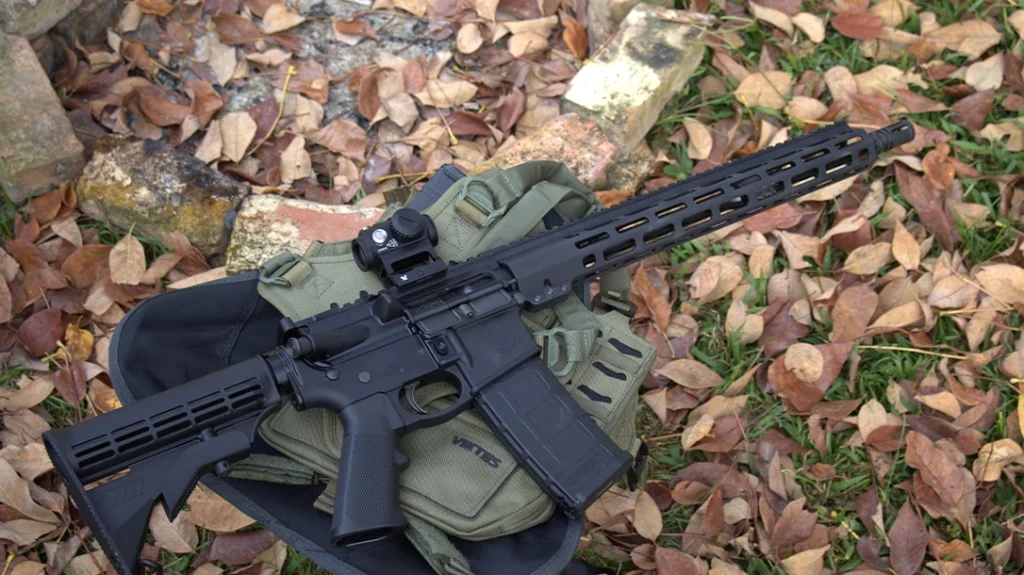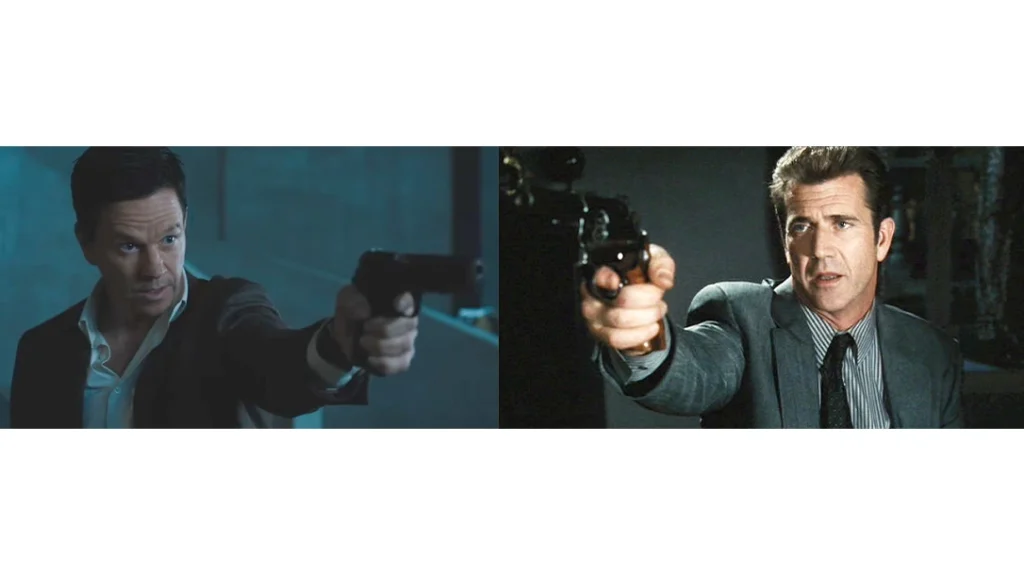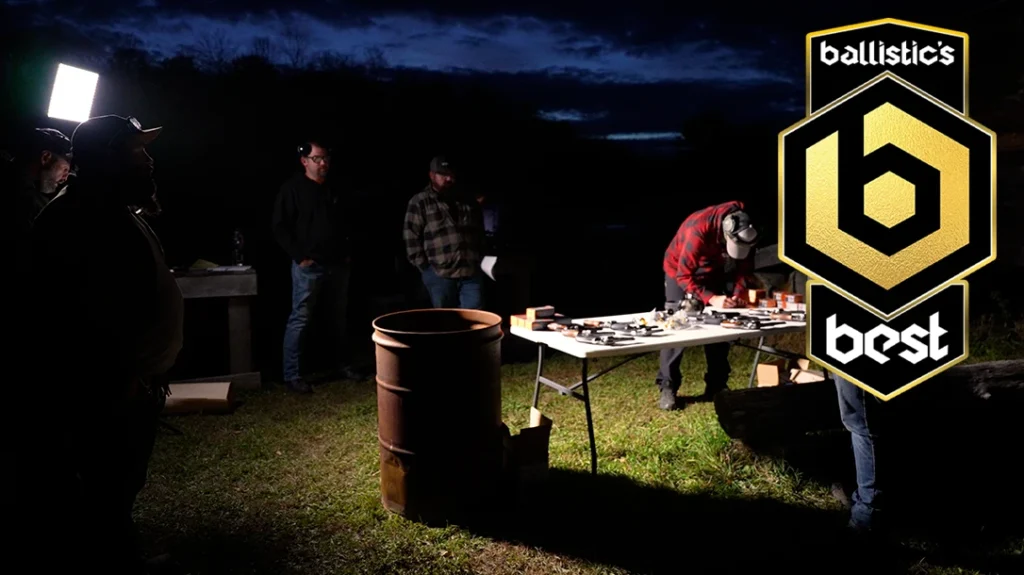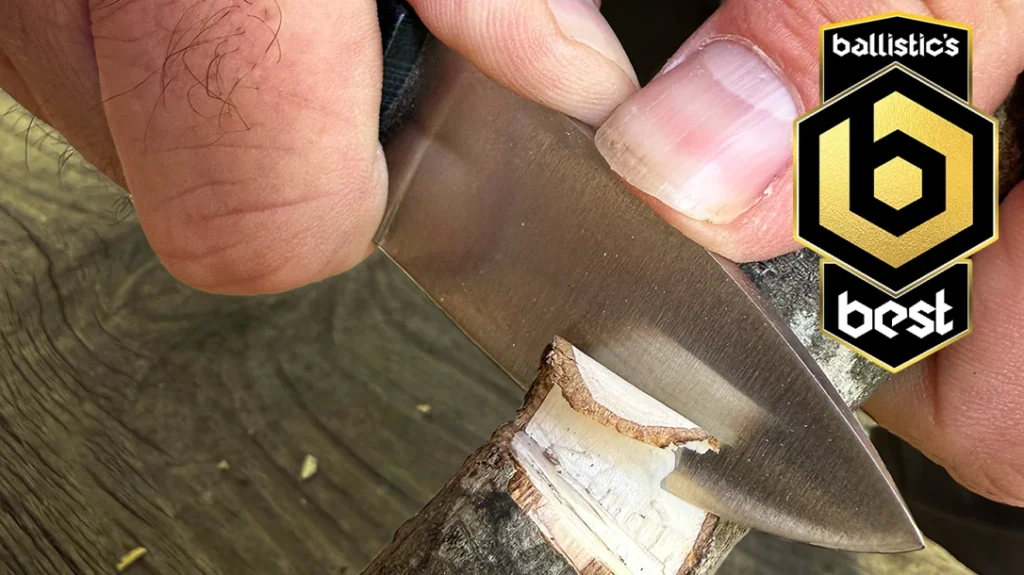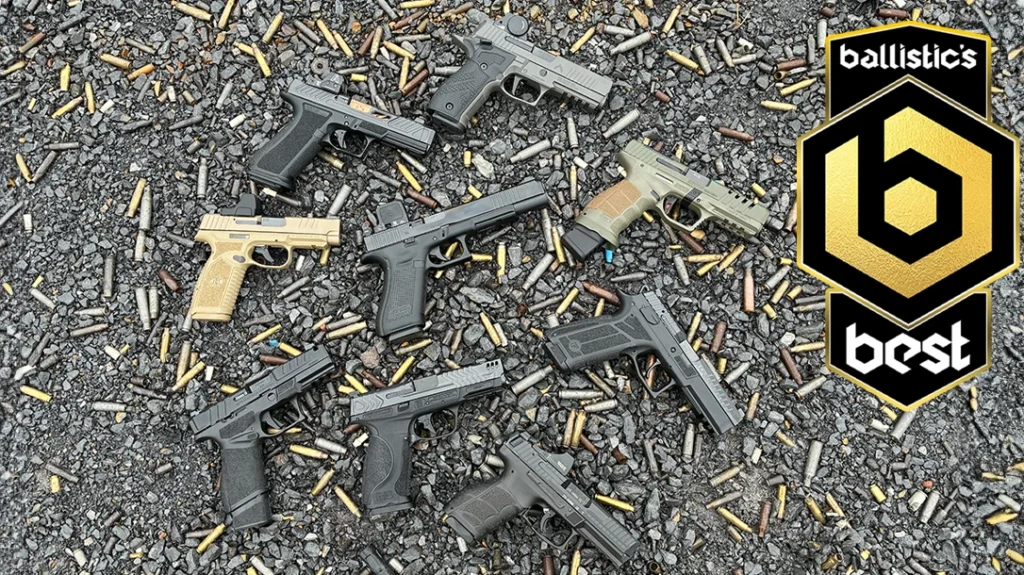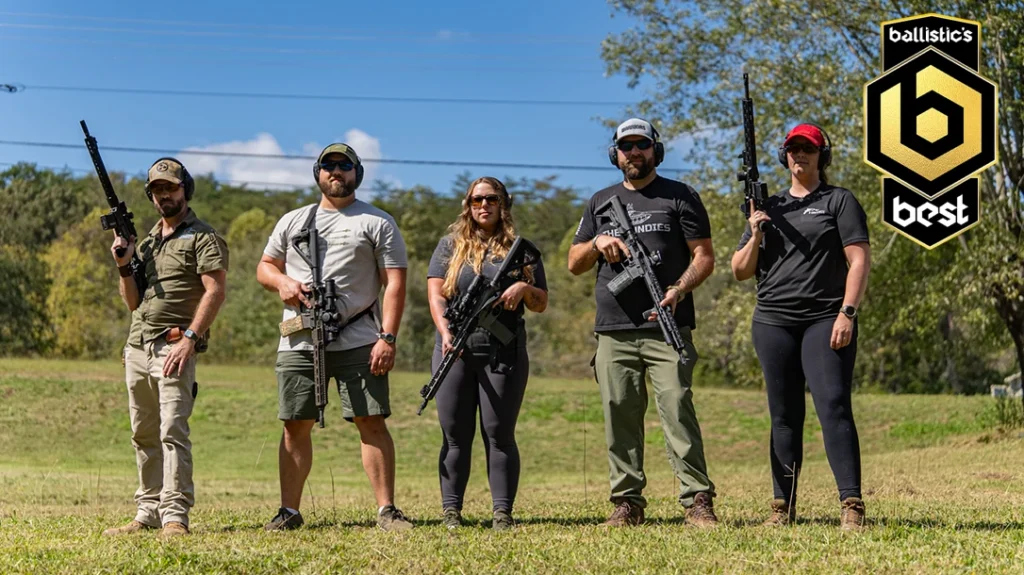My love of history means that I have a tendency to enjoy museums. I majored in history briefly during my college career but ended up pursuing a different field; the love for history, especially military history, still runs deep. To this day I am more likely to be found reading a non-fiction biography or history book than anything else. My chosen career does involve a decent amount of travel. As such, I have gone to many museums across the world. Added to this is a general love of visiting New Orleans. Finally, my family has a history of military service, including my son’s (currently serving in the 101st Airborne) namesake giving the ultimate sacrifice dying in service to his country as a Marine on the Island of Iwo Jima during World War II.
World War II Museum
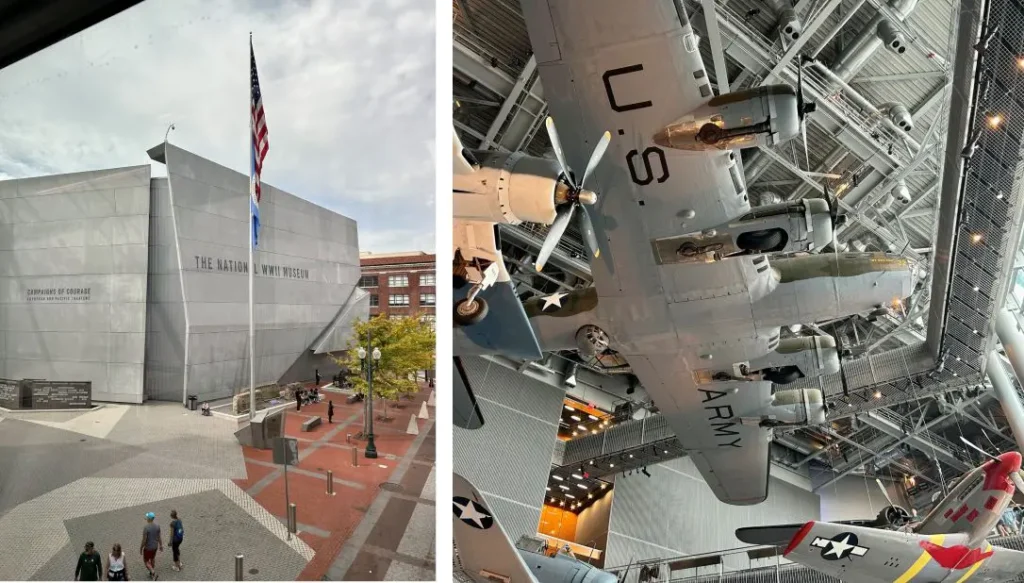
All of these factors have resulted in visiting the National World War II Museum in New Orleans multiple times since it opened in 2000. A Smithsonian affiliate, an act of Congress named the National Museum of World War II in 2004. The facility added additional buildings and pavilions since its opening, significantly expanding in 2013 and 2023. The museum focuses on the entirety of World War II with a special focus on the impact on the United States.
Advertisement — Continue Reading Below
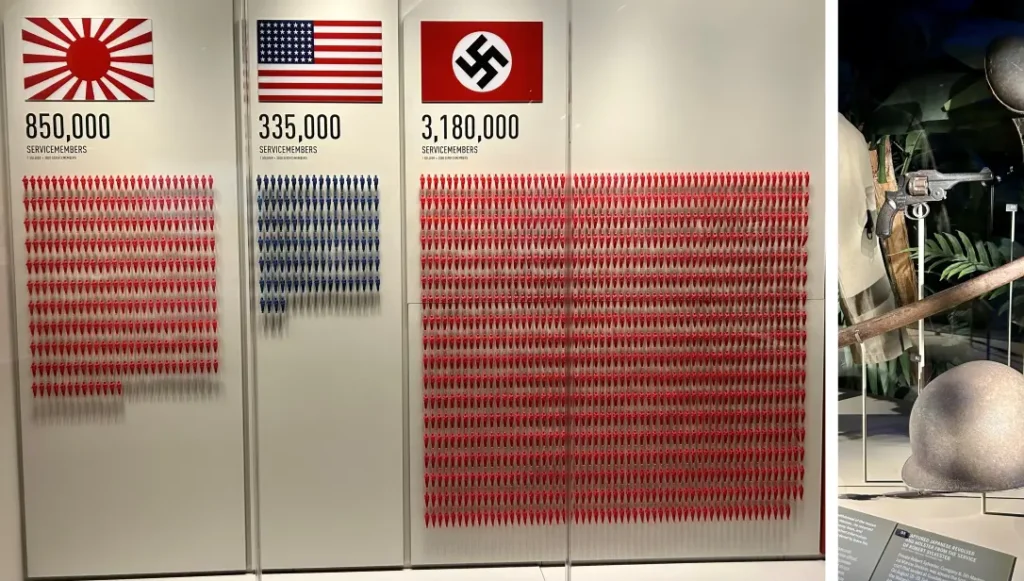
Home in New Orleans
New Orleans became the location after serving as the home of the construction of the Higgins Boats used throughout the Allied amphibious operations, including D-Day. To quote Dwight D. Eisenhower, “A. J. Higgins was the man who won the war for us…if Higgins had not designed and built those LCVPs, we never could have landed over an open beach. The whole strategy of the war would have been different.”
The National World War II Museum comprises an expansive, impressive facility with multiple buildings in New Orleans, packed with the gear used throughout World War II. However, what it truly excels at is walking you through history with innovative graphics and displays from the start to the end of WWII.
Advertisement — Continue Reading Below
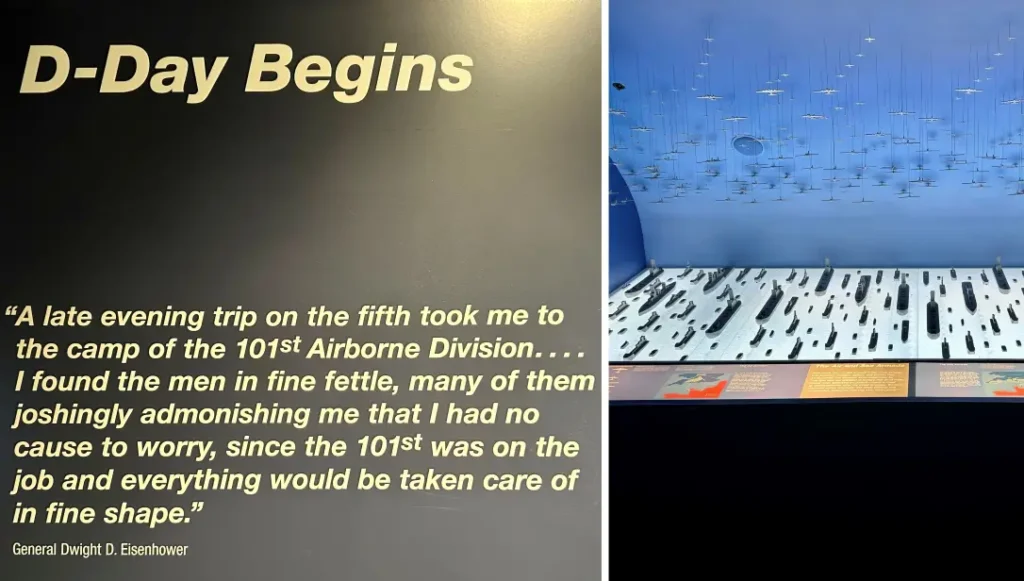
Entering the main building immediately presents the scale of the museum. Across multiple buildings there are interactive displays covering all aspects of the global conflict and original artifacts, weapons, machines, materials, and uniforms around every corner. You are free to wander the museum as you see fit but should likely follow the chronological path set forth in the entry hall. A 1940’s train car and orientation video greets visitors, putting you in the boots of a new U.S. military recruit. With your recruit, you can then follow their personal history throughout the war through various interactive displays. Leaving through the main entrance you begin your journey through the events leading up to the war and the war itself across the European and Pacific conflicts.
On the March
Dividing by the building you move through will best guide your journey through the museum. The initial museum starts in the Louisiana Memorial Pavilion which includes the D-Day invasion of Europe from the planning to the bloody battle on the beaches. Additionally, the museum houses a Higgins Boat, including an exhibit devoted to is manufacture and history. In the Arsenal to Democracy section are exhibits covering the social and political backdrop leading up to war, U.S. industry during the war, and the creation of the atomic bomb. Beyond the exhibits focused on the home front and industry, this building also features rotating exhibits.
Advertisement — Continue Reading Below
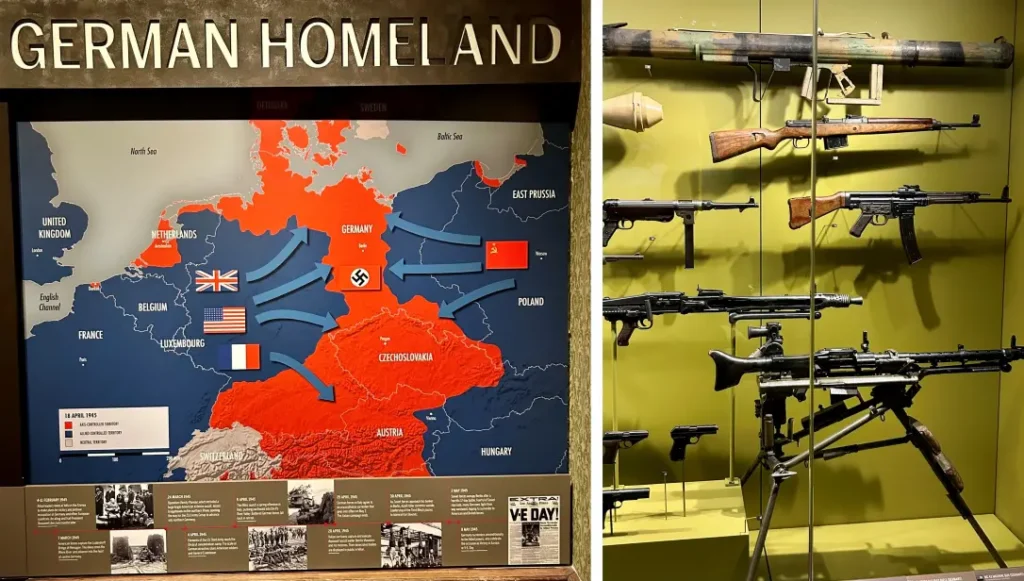
Your next stop would likely be the Solomon Victory Center for an elaborate interactive film covering World War II, narrated by Tom Hanks. This film is a 4D experience, including sights, sounds, and physical sensations, along with interactive props throughout. The narrative further permeates the senses vis quotations from various celebrities, including Brad Pitt, Tobey Maguire, Gary Sinise, Patricia Clarkson, and others. I often skit sit-down films in museums, favoring losing myself in the history of exhibits. But this film proves worth sitting through.
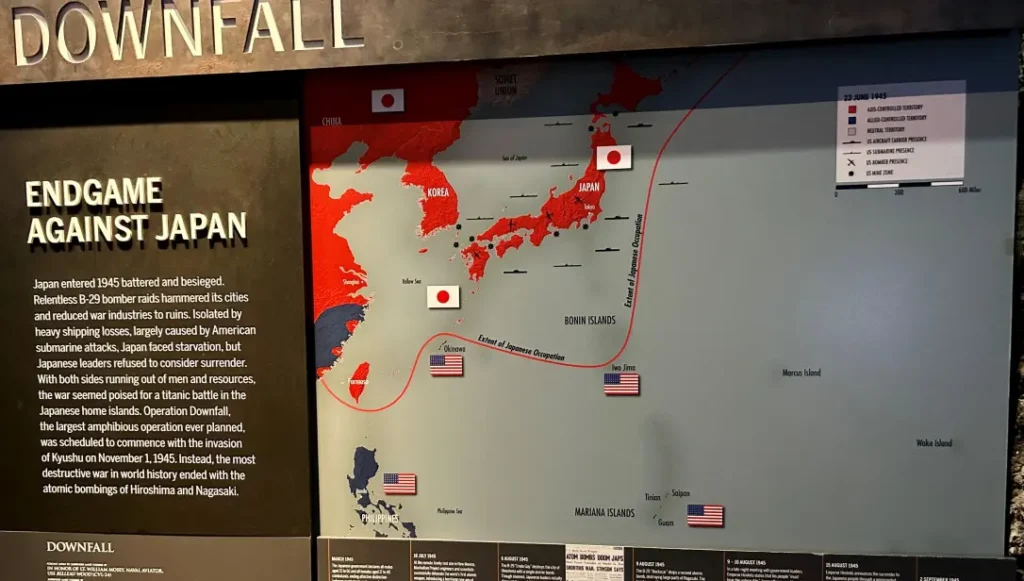
Advertisement — Continue Reading Below
The next building is Campaigns of Courage, focusing on the European and Pacific conflicts. Primarily divided into The Road to Berlin and The Road to Tokyo, each half of this building walks you chronologically through the war from a soldier’s point of view. This is honestly my favorite section of the museum, and though I have gone multiple times, I still find new things to learn every visit.
The Road to Tokyo
The Road to Tokyo sets the stage for the attack on Pearl Harbor and then takes you through the early U.S. defeats in the Pacific, to the turning points, through the island-hopping campaign and ending with the U.S. atomic bombing of Japan. Then the Road to Berlin sets the stage and focuses on the battle in North Africa and then the invasion of Sicily and the Italian campaign. The air war and the invasion of Normandy is followed by sections of the early successes, the Battle of the Bulge and the collapse of Germany, along with the horror of the Nazi concentration camps.
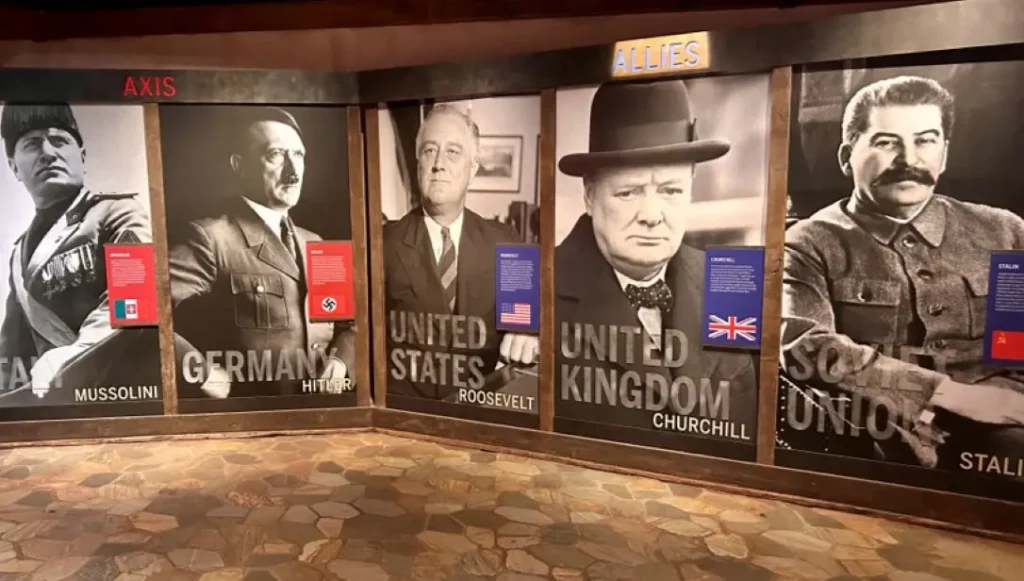
Advertisement — Continue Reading Below
The Liberation Pavilion is one of the newer buildings and focuses on the process of rebuilding after the war, the Holocaust, and continued efforts to protect and defend freedom. The Liberation Pavilion also features a rotating film presentation that is worth watching. The film examines how personal freedom and civil rights were almost extinguished in many countries during the 1930’s and 1940’s, the importance of the outcome of World War II, and current efforts to defend freedom to this day.
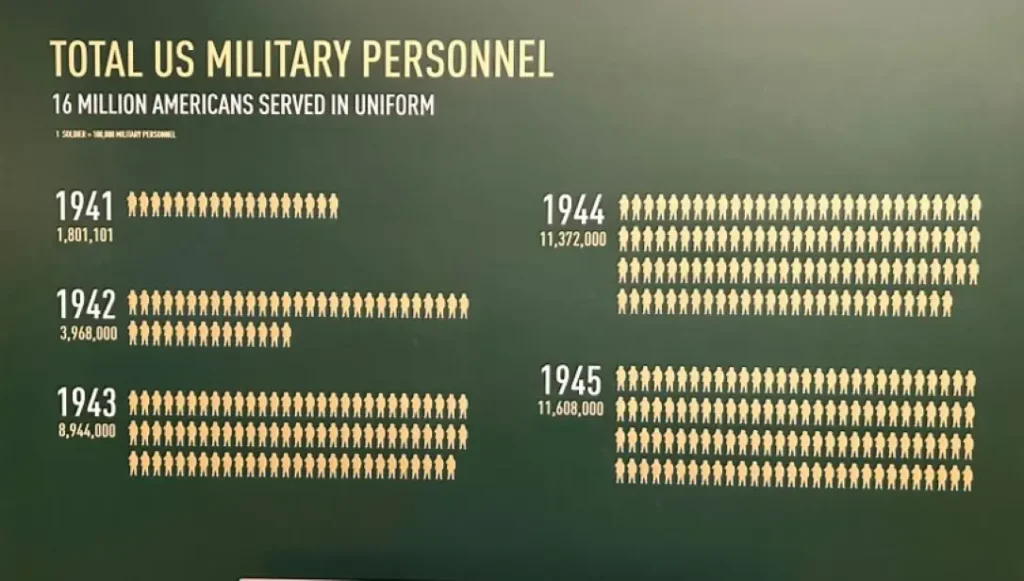
U.S. Freedom Pavilion
The U.S. Freedom Pavilion houses some of the larger displays, including a B-17 Flying Fortress, a P-51 Mustang, and a F-4 Corsair. The vehicles of war collection includes a M-4 Sherman tank as well as a M-3 Half-track and a M-3A Stuart tank. The USS Tang Submarine experience is also contained here, where small groups are taken through an interactive reproduction of a mission. Finally, you can go through the What Would You Do exhibit, asking you to make the tough calls regarding key decisions that were made during the war.
Advertisement — Continue Reading Below
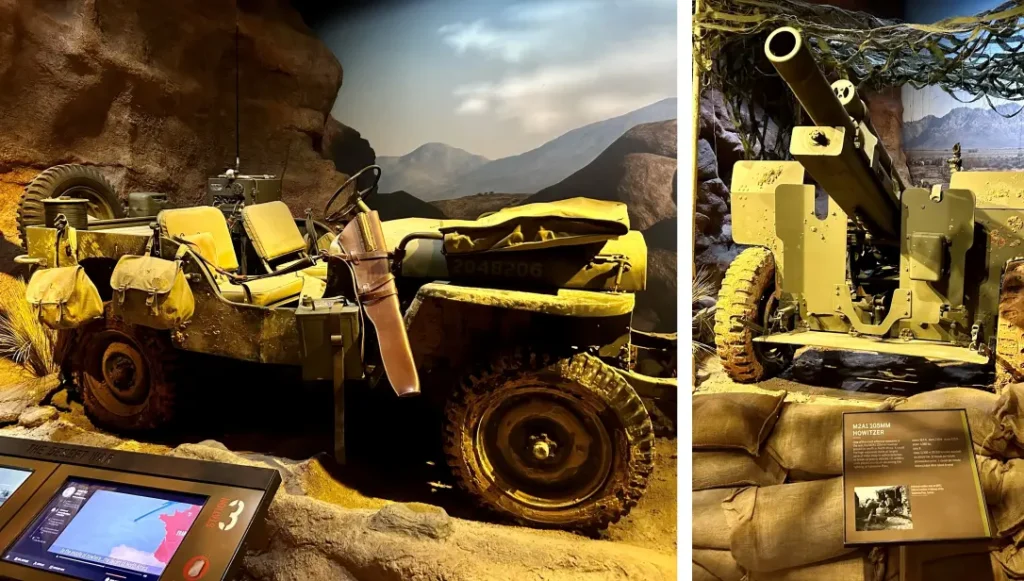
As with all museums, there are multiple gift shops and a café, as well as buildings devoted to continued learning and preservation of artifacts. The campus’ surrounding plaza also features displays and information, as well as commemorative bricks. Feel free to find the one I added dedicated to Raymond A. Nadler, killed in action on Iwo Jima in 1945.
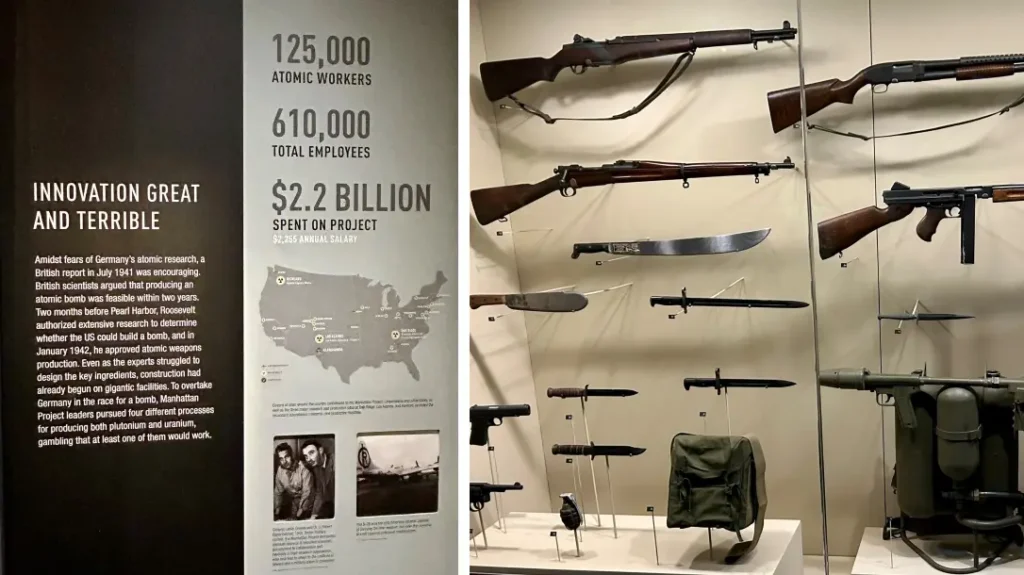
Advertisement — Continue Reading Below
Full Immersion in World War 2
Though the suggested time for this museum in 3-4 hours, I always end up spending most of the day, as it is truly one of my favorite museums. The focus as one would expect from the United States’ national museum is on U.S. involvement, but there is also sufficient acknowledgement to what came before our entry into the war, and the larger impact on the world. If you find yourself in New Orleans, set aside a day to leave the French Quarter and Bourbon Street to become immersed in the history of the U.S. during World War II. If you are looking for a reason beyond the bars, parades, cemeteries, and Cajun cuisine to visit New Orleans, this museum alone is worth the trip.
Learn more at nationalww2museum.org.

